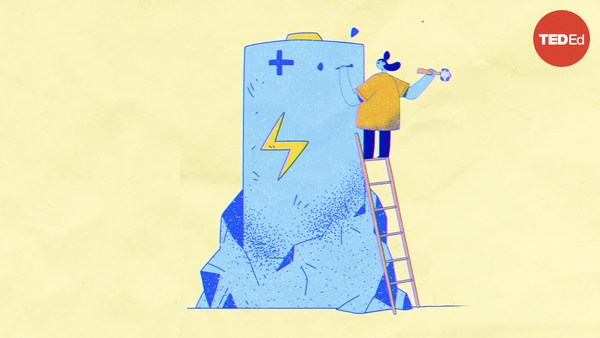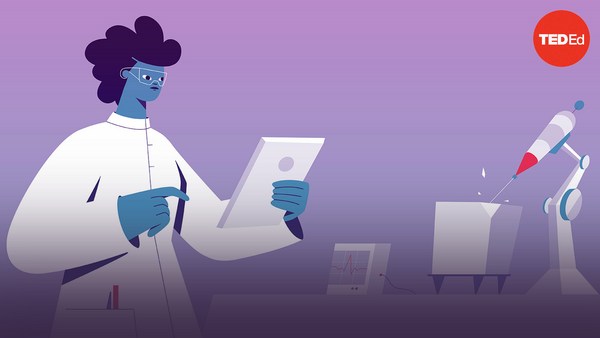Two frogs are minding their own business in the swamp when WHAM— they’re kidnapped.
They come to in a kitchen, captives of a menacing chef. He boils up a pot of water and lobs one of the frogs in. But it’s having none of this. The second its toes hit the scalding water it jumps right out the window.
The chef refills the pot, but this time he doesn’t turn on the heat. He plops the second frog in, and this frog’s okay with that. The chef turns the heat on, very low, and the temperature of water slowly rises. So slowly that the frog doesn’t notice. In fact, it basks in the balmy water. Only when the surface begins to bubble does the frog realize: it’s toast.
What’s funny about this parable is that it’s not scientifically true... for frogs. In reality, a frog will detect slowly heating water and leap to safety. Humans, on the other hand, are a different story. We’re perfectly happy to sit in the pot and slowly turn up the heat, all the while insisting it isn’t our hand on the dial, arguing about whether we can trust thermometers, and questioning— even if they’re right, does it matter?
It does.
Since 1850, global average temperatures have risen by 1 degree Celsius. That may not sound like a lot, but it is.
Why? 1 degree is an average. Many places have already gotten much warmer than that. Some places in the Arctic have already warmed 4 degrees. If global average temperatures increase 1 more degree, the coldest nights in the Arctic might get 10 degrees warmer. The warmest days in Mumbai might get 5 degrees hotter.
So how did we get here?
Almost everything that makes modern life possible relies on fossil fuels: coal, oil, and gas full of carbon from ancient organic matter. When we burn fossil fuels, we release carbon dioxide that builds up in our atmosphere, where it remains for hundreds or even thousands of years, letting heat in, but not out.
The heat comes from sunlight, which passes through the atmosphere to Earth, where it gets absorbed and warms everything up. Warm objects emit infrared radiation, which should pass back out into space, because most atmospheric gases don’t absorb it. But greenhouse gases— carbon dioxide and methane— do absorb infrared wavelengths. So when we add more of those gases to the atmosphere, less heat makes it back out to space, and our planet warms up.
If we keep emitting greenhouse gases at our current pace, scientists predict temperatures will rise 4 degrees from their pre-industrial levels by 2100. They’ve identified 1.5 degrees of warming— global averages half a degree warmer than today’s— as a threshold beyond which the negative impacts of climate change will become increasingly severe. To keep from crossing that threshold, we need to get our greenhouse gas emissions down to zero as fast as possible.
Or rather, we have to get emissions down to what's called net zero, meaning we may still be putting some greenhouse gases into the atmosphere, but we take out as much as we put in.
This doesn’t mean we can just keep emitting and sequester all that carbon— we couldn’t keep up with our emissions through natural methods, and technological solutions would be prohibitively expensive and require huge amounts of permanent storage. Instead, while we switch from coal, oil, and natural gas to clean energy and fuels, which will take time, we can mitigate the damage by removing carbon from the atmosphere.
Jumping out of the proverbial pot isn’t an option, but we can do something the frogs can’t: reach over, and turn down the heat.


